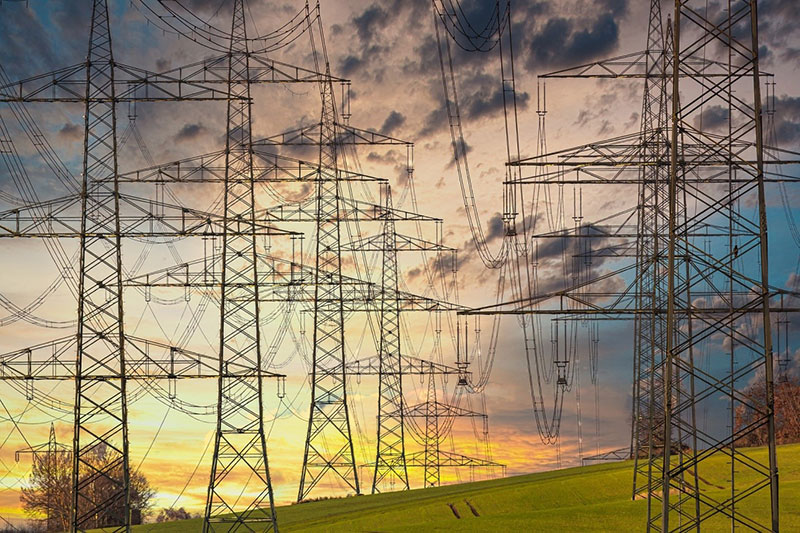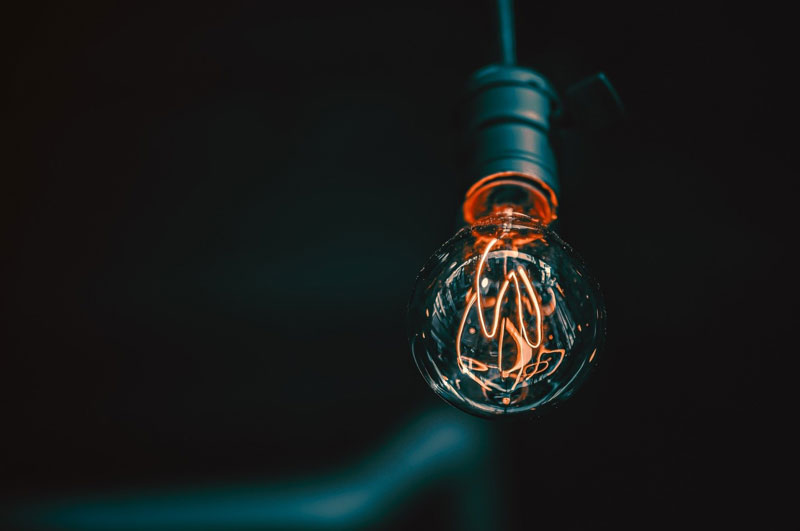In today’s world, electricity has become a household necessity. In fact, this doesn’t apply to just residential areas; the need for electrical power is vast and extensive. Almost every house, building, and other infrastructureis in need of a stable supply of electricity in order to conveniently perform day-to-day activities.
The same goes for everyone living in Norway.
Electricity is a basic essential in every Norwegian home. From boiling a pot of water to baking bread, doing the laundry to ironing crumpled shirts, and watching television to surfing the net, people use electrical power as if it’s the most natural thing to do. It’s one of those things that we can easily take for granted and forget that it exists until one day, it shuts off and suddenly affects our daily lifestyle.
Electricity is, without a doubt, a necessity for every Norwegian family. However, it can easily get expensive too – especially when you’ve signed up for the wrong contract. So, whether you are a new homeowner looking to partner with the right provider or someone who’s looking to switch your current contract to another to experience more cost-effective rates, I’m sure that you have a couple of questions on your mind that you want to ask.
Today, allow us to walk you through a specific electricity contract that Norwegian electric service providers may offer you, spot price electricity, and whether it is something that you can benefit from as a consumer.
What Is Spot Price?
Spot price refers to the exact buying price of electricity based on current Nord pool prices. This refers to purchasing electricity at the same value it goes for in international trade markets. Needless to say, because this type of pricing follows exact market values, it can fluctuate drastically on a day-to-day, or month-to-month basis – which can be a good or bad thing depending on what type of consumer you are.
When selecting the right power contract for your home, spot pricing is something you should take into consideration. Among the various contract types, a spot price contract has been found to be one of the most advantageous contracts you can sign up for as you can see here: https://bestestrøm.no/spotpris. In order to better understand this, let’s discuss how it fares against one other common contract type which is a fixed price.
Spot Price Vs. Fixed Price
Now, if you’re wondering which of these two would be better for your home, let’s do a quick comparison. We’ve already discussed spot pricing, so let’s delve into fixed pricing next.
A fixed price contract, as the name suggests, is a type of power contract where you and your service provider agree on a certain fixed rate that will remain unchangeable and non-negotiable until the contract expires. This means that you are given a pricing structure, usually a rate by kilowatt per hour, that is constant for the entire duration of your contract. The only time that this pricing structure can be reevaluated is when you are up for renewal.
If you compare this pricing structure to spot pricing, a fixed-price contract can benefit you by being more predictable. This means that you can anticipate how much your electricity costs are month after month assuming that you use the same number of appliances for roughly the same amount of time. It gives you the advantage of preparing for your monthly bills in advance without having to weather the volatility and uncertainty of the power market – which is the biggest drawback of spot pricing.
However, one thing that you cannot take advantage of with a fixed pricing structure is the reduced rates when electricity prices drop in the market – which often happens when there is low demand for power, or there is a surplus of supply. These drops can be particularly significant and are largely the reason why some people prefer spot pricing.
Moreover, fixed-rate contracts are often offered at a relatively higher price point than what the actual electricity rate is at the time of signing the contract, so you’re already put at a disadvantage from the get-go. Studies show that consumers who have signed up for spot price contracts save a minimum of 8% on their electricity bills in the long term compared to those who have opted for fixed rates.
Then again, there is more to how these contracts work and what benefits you can get apart from cost savings. So, to make sure that you sign up for the right one, let’s figure out whether you’re the type of consumer who will benefit from the spot pricing below.
Should You Sign Up or Switch to A Spot Price Contract?
Again, spot price contracts may not be for everyone as there is more to these contracts than just cutting down costs. A fixed-price contract may benefit you more in other areas if you’re the type of consumer who cannot handle the volatility of spot pricing well.
If you still want to switch or sign up for a spot price contract, just make sure that:
You Manage Uncertainty Well
That’s right; the first thing you have to take into consideration is the fact that you’re never going to be certain about how your bill is going to come out in a particular month with spot pricing. As discussed earlier, in this type of agreement, your electricity charges can vary daily, weekly, or monthly depending on how erratic the market prices are.
If you’re the type of person who can’t sit still and get anxious when things are beyond your control, then this is probably not the right contract for you for the simple reason that you might not get a wink of sleep at night wondering how your bill is going to come out. On the other hand, if you’re the type of person who can handle uncertainty extremely well and does not look at short-term changes or fluctuations as a bad thing, then definitely go for spot pricing. You may not see immediate savings, but if you ride it out for long enough, it will be well worth it.
You Don’t Expect to Use As Much Electric Power During Winter Months
Market trends in the past couple of years show that electrical prices are at a peak high during winter months. This is mostly due to the fact that people tend to use more power to run heating devices (which also require more electricity to run, FYI) during winter months so the electricity demand is much higher. When demand is high, so will the price – that’s a basic principle in business.
However, if you do not expect yourself to use as much electricity during winter months, maybe due to going away for winter vacations or visiting family outside the country for the holidays, then these increases in market prices will hardly affect you as you won’t be consuming as much.
You Live in Northern Norway
Another thing that you should take into consideration is your location in Norway. Where exactly are you residing? Norway is divided into five power regions: Eastern, Southern, Central, Northern, and Western. Each of these different regions has varying price points for electricity due to how much they can produce and how much demand there is for it.
In a nutshell, Northern Norway has offered way more competitive electricity rates in recent years compared to South and Eastern Norway. In fact, living in Northern Norway could mean that you are enjoying up to 5x less electricity prices compared to those who live in the East and South. Furthermore, local laws dictate that there would be no value added tax on electricity for Northern Norway consumers which is largely responsible for the drop in price as well.
So, if you are someone who is living in the Northern Norway power region, then it would be in your best interests to switch to spot pricing.
You Like the Idea of Long-term Savings
If saving is king in your household, then switching to a spot price contract should be a no-brainer. This is especially true if you are someone who can appreciate long-term results or benefits. Again, your savings for switching to spot pricing may not be immediate or something that you will notice in the short term, but if you assess your annual spending on electricity, you will see that you can save a considerable amount of money just by switching contracts.
And you know how it is when you’re running a big household, every krone counts.
There you have it! We should have covered all the basics of spot pricing in this article. Now that you understand how it works, make sure that you carefully consider your contract options and connect with several providers to find which one will work best for you. You might realize by the end of this article that you’d rather go for other options, and that’s okay. There are more benefits that go beyond just cost savings so choose whichever yousee the most value from.





0 Comments